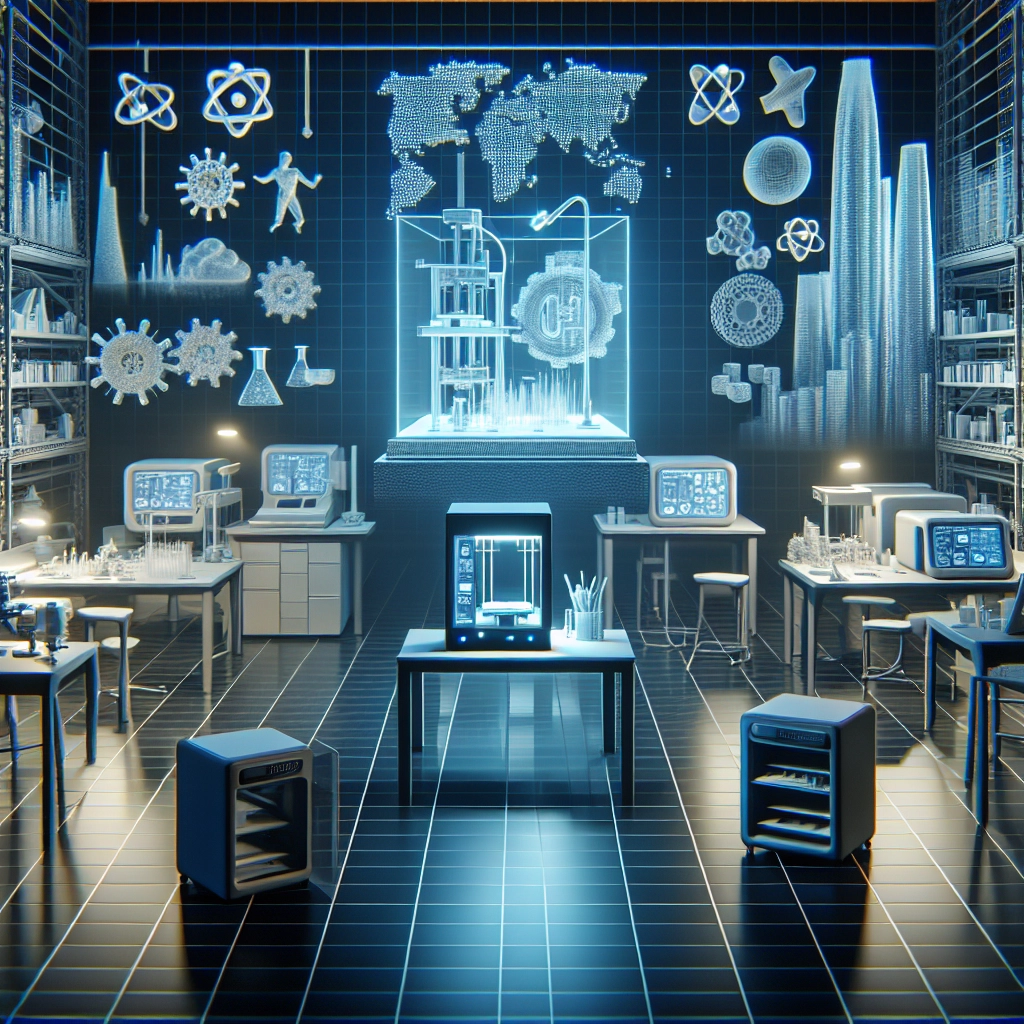The Future of 3D Printing Technology: Trends to Watch
It feels like just yesterday when 3D printing was a novelty, the stuff of futuristic science fiction. Fast forward to today, and it’s not only made quite the dent in various industries, but it’s also redefining the very fabric of manufacturing, design, and even healthcare. As we look ahead, the landscape of 3D printing technology continues to evolve, introducing exciting trends that could revolutionize our world. Buckle up as we unpack some of the most fascinating trends in 3D printing technology!
Growing Accessibility
One of the most significant trends we’re seeing is the democratization of 3D printing. With prices progressively coming down, high-quality 3D printers are becoming accessible not just to businesses but also to hobbyists and small-scale makers. You can find compact models that fit perfectly on your desk, allowing anyone with a creative spark to make everything from toys to home décor. Moreover, educational institutions are increasingly incorporating 3D printing into their curriculums, empowering the next generation of inventors and engineers with hands-on experience.
Sustainable Printing Materials
As environmental concerns continue to take center stage, sustainability is becoming a priority within the 3D printing industry. The development of eco-friendly printing materials is on the rise, with innovations like bio-based filaments and recyclables like recycled plastics gaining traction. Companies are also exploring the use of natural materials such as mycelium, algae, and even food waste! Imagine a world where your 3D-printed objects could decompose naturally or even help clean up our planet. It’s a trend that balances technology and environmental responsibility beautifully.
Expansion in Healthcare Applications
3D printing’s impact on healthcare is nothing short of revolutionary. The design and creation of custom prosthetics and implants have already taken giant leaps, often at a fraction of the time and cost compared to traditional methods. Moving forward, we’re likely to see even more personalized medical solutions. Think about 3D-printed organs for transplants, tailored medications, or even bioprinting tissues that can be used in regenerative medicine. The possibilities are practically endless, and the implications for patient care and medical procedures are monumental.
Industry 4.0 Integration
As we move deeper into the Fourth Industrial Revolution, 3D printing is playing a pivotal role in the realm of Industry 4.0. Advanced automation, the Internet of Things (IoT), and artificial intelligence (AI) will be integrated with 3D printing to enhance processes. Imagining a production line where machines communicate seamlessly, optimizing efficiency in real-time sounds like a sci-fi dream come true—but it’s very much on the horizon. This integration allows for real-time monitoring, reduced waste, and the creation of highly complex parts that were once deemed impossible with traditional manufacturing methods.
Customized Production and On-Demand Manufacturing
Gone are the days of mass production where the same item rolled off an assembly line until the cows came home. The future of 3D printing leans heavily into customized production, allowing businesses to produce items on-demand. Whether it’s bespoke clothing or unique auto parts, companies are shifting towards tailored products crafted to meet the specific needs of individual customers. This shift not only enhances customer satisfaction but also drastically reduces inventory costs and waste, hitting that sweet spot in manufacturing efficiency.
Increased Adoption in Construction
Believe it or not, 3D printing has made its way into the construction world! The emergence of large-scale 3D printing for building houses is gaining momentum, with companies experimenting with materials like concrete and composites. Imagine entire homes being printed in mere days rather than months! This practice not only promises to make housing more affordable but also aims to minimize the environmental footprint of construction projects. The prospect of developing sustainable, quickly-erected homes in areas where traditional building methods are impractical is a game changer.
In the grand scheme of things, 3D printing technology stands at an exhilarating crossroads. As we witness its continued evolution, the boundaries of what’s possible are expanding daily. It’s not just about creating objects anymore; it’s about forging a more innovative, sustainable, and personalized future. With each advancement, 3D printing is paving the way for a world where creativity, functionality, and responsibility are intertwined, reminding us that sometimes, the future is indeed built layer by layer.

